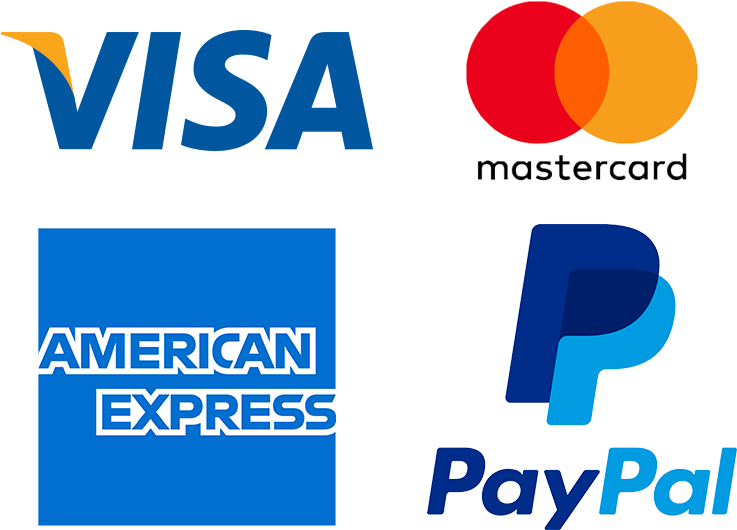Demand and Supply in the Market
A competitive market is one where many buyers and sellers of a particular good, none of them has an advantage over the others, and market prices reflect the economic laws of supply and demand.
One type of market that is only partially competitive is an oligopoly which refers to markets with few competitors. In an oligopoly, few companies in a specific industry have a considerably large share in that industry’s total sales or output. Compared to perfect competition, these companies don’t face perfect price pressures because they can work to set prices that are higher than what would be expected based on their costs. The existence of oligopolies means increased potential for firms to earn excess profits over what would be possible under perfect competition.
The primary purpose of an oligopoly is to explain price formation in markets for goods and services where many firms interact directly, such as airlines, brewers, public utilities, and healthcare systems. In these markets, there are very few producers; but the number of sales is relatively small, so market prices usually don’t vary much from one firm to another. However, a firm might have a significant excess over its marginal cost of production to earn higher profits than when operating in perfect competition. Price formation in oligopolies is explained by industry-wide profit maximization by a subset of firms.
A demand schedule refers to a table or a graph that shows the various quantities of a good that consumers would be willing and able to purchase at different prices. The demand curve is a graphic representation of the relationship between market price and quantity demanded, also referred to as the demand schedule, which shows the total amount of all goods or services buyers in a given market would purchase at different prices during a given period. The downward-sloping demand curve reflects the law of demand, which states that when the price of a good falls, people will want to buy more. According to this law, buyers will buy less at every higher price.
The demand schedule and the demand curve are related through the law of demand. The demand schedule tells us how many units of the good we would be willing to buy at a special price, while the demand curve shows how much we would buy at different prices. For example, suppose there was an increase in the price of cars. In that case, while there will be fewer buyers of cars, given the existing supply and opportunity cost or factors that influence the decision-making process regarding buying cars, people will purchase more if the price is low (Habas, 2020). The slope of a demand curve can also be used to predict the behavior in terms of the quantity purchased.
A price change will lead to a movement along the demand curve, while a change in consumer tastes will lead to a shift in the demand curve. This can be done by taking the derivative of the demand curve at a particular price and calculating how many units will be purchased based on this special price. A price change is represented by movement along the same demand curve. When the price of a good or service increases, people will choose to buy less of that good or service. For example, if you are given a salary increase and are currently buying two cars per year, you may be willing to switch to buying one car only.
Therefore, this kind of price change will cause a movement (shift) along your original demand curve. A change in consumers’ tastes will cause a movement (shift) along the same demand curve. For example, suppose a new product is introduced, and it has higher interest rates than the existing one. In that case, it can be concluded that people will switch to buying the new product instead of the old one because of its superior features.

